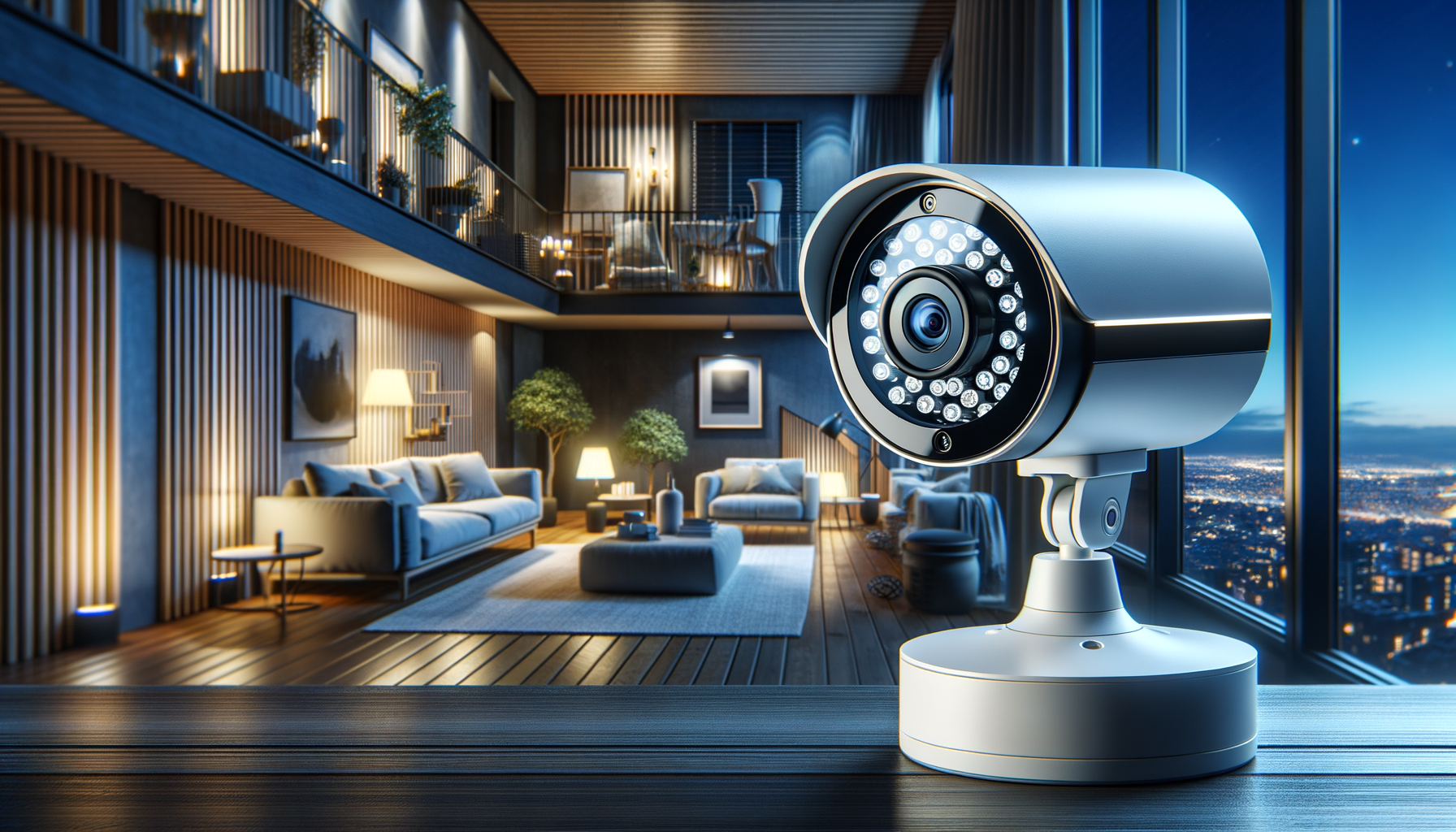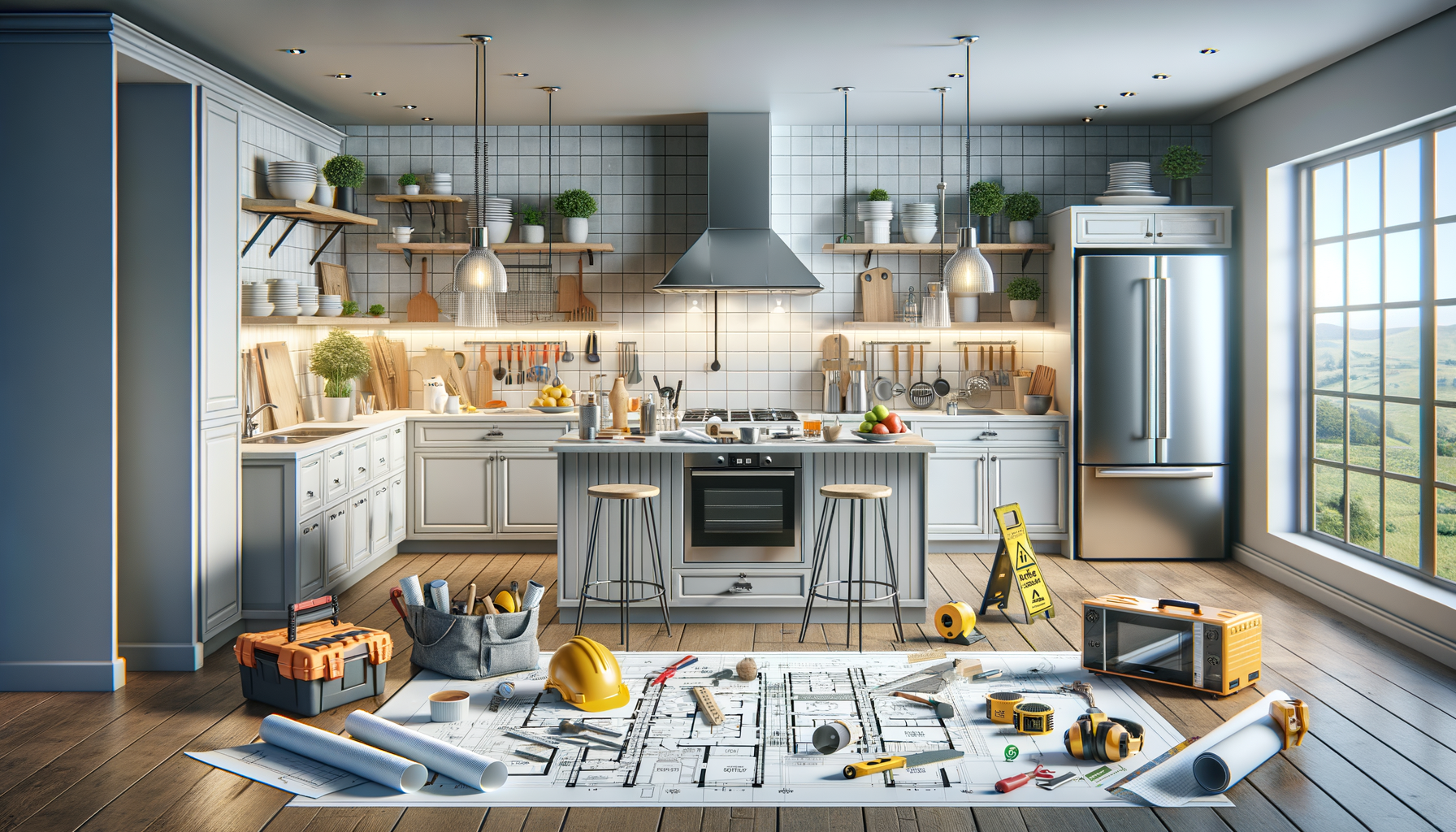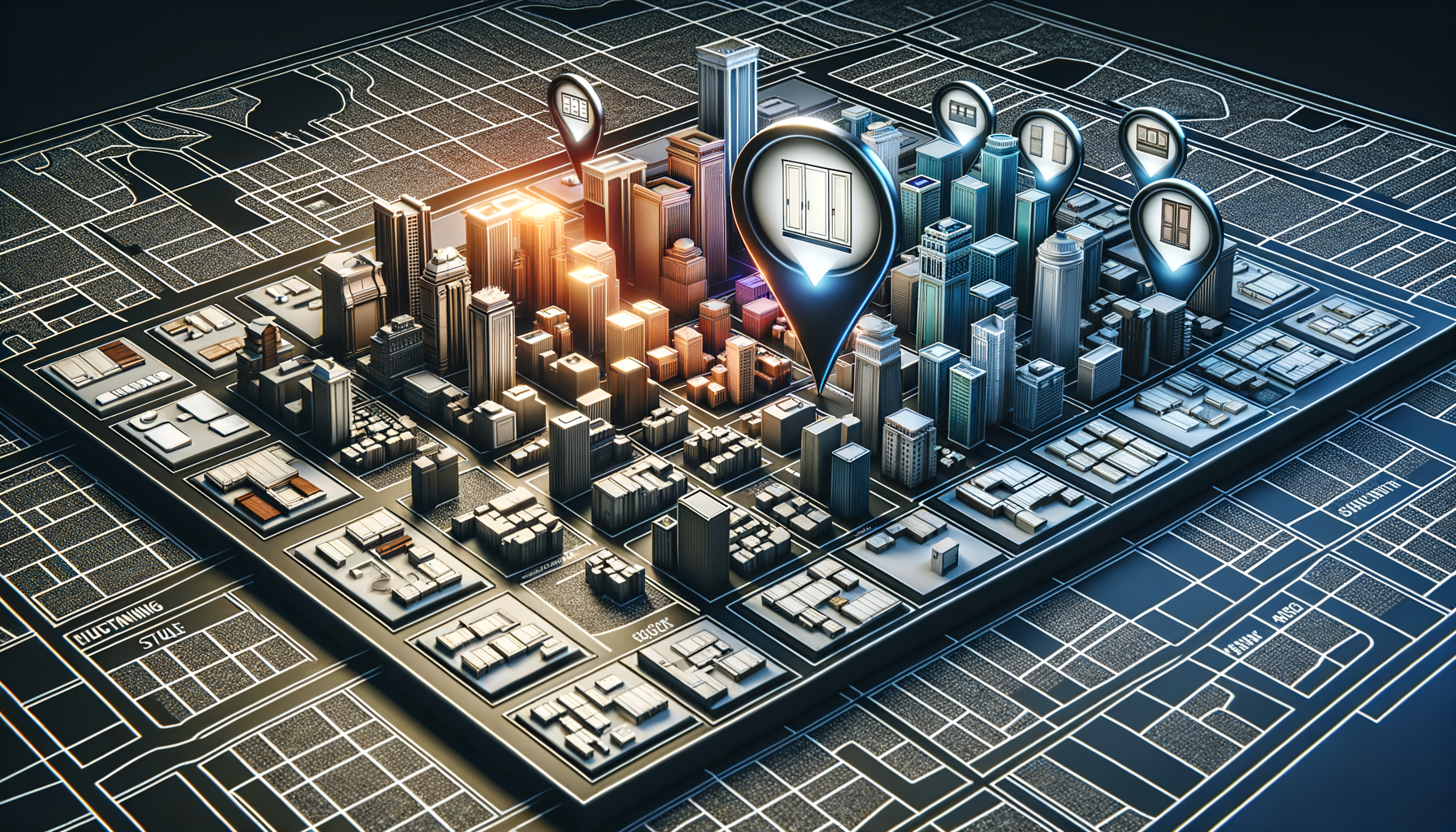The Evolving Role of Security Cameras in Modern Homes
In today’s world, ensuring the safety and security of one’s home has become a top priority for many homeowners. The evolution of security cameras has been instrumental in providing peace of mind and enhancing home security. Initially, security cameras were bulky and expensive, limiting their accessibility to only businesses or affluent households. However, technological advancements have made them more affordable and user-friendly, allowing a broader range of people to benefit from their capabilities.
Security cameras now come equipped with high-definition video quality, night vision, and motion detection, making them highly efficient in monitoring activities around the home. The integration of these cameras with smart home systems further enhances their utility, allowing homeowners to monitor their properties remotely through smartphones or computers. This seamless integration not only provides real-time alerts but also offers the convenience of managing home security from virtually anywhere.
Moreover, the presence of security cameras acts as a deterrent to potential intruders. Studies have shown that properties with visible security systems are less likely to be targeted by burglars. This preventive aspect of security cameras is invaluable, as it helps in safeguarding both property and personal safety.
Key Features to Consider When Choosing a Security Camera
When selecting a security camera, it is essential to consider several key features that can significantly impact its effectiveness. One of the foremost features is video quality. High-definition cameras provide clearer images, which are crucial for identifying faces or license plates in case of an incident.
Another important feature is night vision capability. Security threats can occur at any time, and having a camera that can capture clear footage in low-light conditions is vital. Motion detection is also a valuable feature, as it allows the camera to start recording only when movement is detected, saving storage space and making it easier to review footage.
Additionally, consider the camera’s field of view. A wider field of view means the camera can cover more area, reducing the number of cameras needed to monitor a property effectively. Connectivity options, such as Wi-Fi or wired connections, should also be considered based on the installation environment and personal preferences.
Lastly, integrating security cameras with smart home systems offers several advantages, such as remote access, real-time alerts, and the ability to control other devices within the home ecosystem. This integration enhances the overall security setup and provides a more comprehensive safety solution.
Installation and Maintenance Tips for Security Cameras
Proper installation and maintenance of security cameras are crucial to ensure they function optimally. When installing security cameras, it is important to place them at strategic locations that cover entry points and vulnerable areas around the property. Common locations include entrances, driveways, and backyards.
Ensure that the cameras are mounted at a height that prevents tampering but still provides a clear view of the monitored area. It is also advisable to conceal the wiring to prevent potential intruders from disabling the system. For wireless cameras, ensure a stable Wi-Fi connection to avoid interruptions in live streaming or recording.
Regular maintenance is essential to keep the cameras in good working condition. This includes cleaning the camera lenses to prevent dirt or debris from obstructing the view. Check the camera’s power supply and ensure that the software is up-to-date to benefit from the latest security features and improvements.
By following these installation and maintenance tips, homeowners can maximize the effectiveness of their security cameras and enjoy enhanced protection for their properties.
Legal Considerations and Privacy Concerns with Security Cameras
While security cameras offer numerous benefits, it is important to consider the legal and privacy implications associated with their use. In many regions, there are specific laws governing the installation and use of security cameras, particularly concerning where they can be placed and how the footage can be used.
Homeowners should ensure that their security cameras do not infringe on the privacy of neighbors or the public. Cameras should be positioned to monitor the homeowner’s property and not capture footage of neighboring properties or public areas without consent. It is advisable to consult local regulations or seek legal advice to ensure compliance with privacy laws.
Additionally, it is important to inform any visitors or household members about the presence of security cameras to maintain transparency and trust. By respecting privacy concerns and adhering to legal guidelines, homeowners can effectively utilize security cameras without infringing on the rights of others.
The Future of Security Cameras in Home Security
The future of security cameras looks promising as technology continues to advance. Innovations such as artificial intelligence and machine learning are being integrated into security systems, enhancing their capabilities to detect unusual activities and differentiate between humans, animals, and inanimate objects.
Facial recognition technology is another area of development, offering the potential to identify known individuals and alert homeowners to unfamiliar faces. This feature can significantly enhance security by providing more accurate and timely alerts.
Moreover, the integration of security cameras with other smart home devices is expected to become more seamless. This connectivity will allow for more comprehensive automation, such as automatically locking doors or turning on lights when suspicious activity is detected.
As these technologies evolve, security cameras will play an increasingly vital role in home security, offering homeowners enhanced peace of mind and protection against potential threats.




Leave a Reply